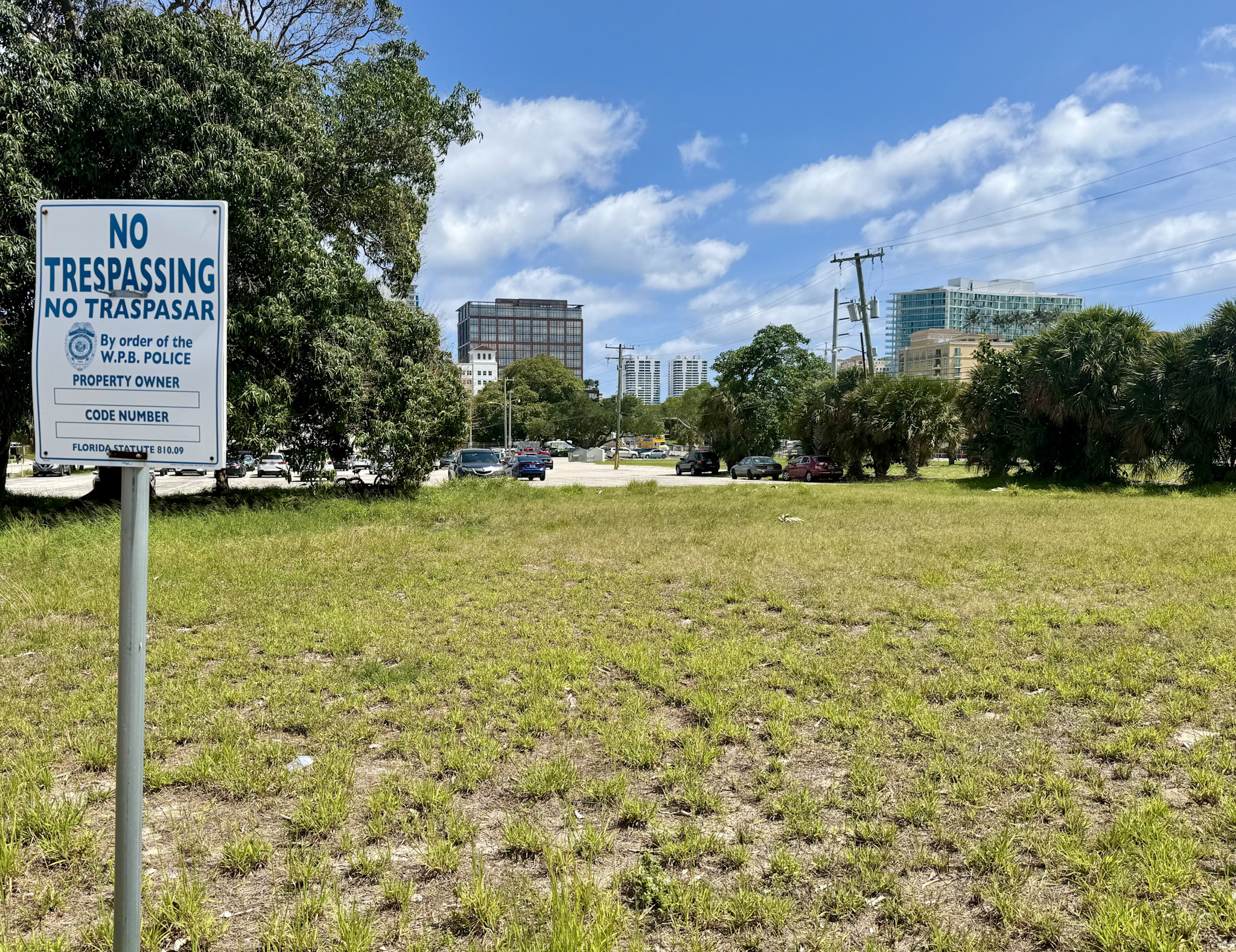Report on Air Quality in Louisiana and its Alignment with Sustainable Development Goals
This report analyzes the state of air quality in Louisiana, examining disparities across regions and evaluating the findings in the context of the United Nations Sustainable Development Goals (SDGs), particularly SDG 3 (Good Health and Well-being) and SDG 11 (Sustainable Cities and Communities).
Current Air Quality Index (AQI) Overview
Louisiana’s current statewide Air Quality Index (AQI) is approximately 35. According to the AQI scale, which ranges from 0 to 500, a value between 0 and 50 indicates good air quality with minimal or no public health risk. This overall positive rating suggests progress towards environmental health targets, but regional analysis reveals significant challenges to achieving universal well-being as outlined in the SDGs.
Regional Analysis of Air Quality: Progress and Challenges for SDGs
While the state average is favorable, air quality varies significantly by locality. This disparity highlights the core challenge of SDG 11, which aims to make cities and human settlements inclusive, safe, resilient, and sustainable, with a specific target (11.6) to reduce the adverse per capita environmental impact of cities, including air quality.
Areas Meeting Good Health and Sustainable Community Standards
Several municipalities in Louisiana demonstrate exemplary air quality, aligning with the objectives of SDG 3 and SDG 11. The American Lung Association’s “State of the Air” report identifies the following areas as among the cleanest for short-term particle pollution:
- Houma
- Thibodaux
- Lafayette
- Morgan City
- Monroe
- Ruston
- Metairie
- Hammond
Further data from IQ Air reinforces these findings, providing specific AQI values that represent a low health risk environment conducive to community well-being:
- Metairie: AQI of 17
- River Ridge: AQI of 20
- Chalmette: AQI of 23
- Kenner: AQI of 26
- New Orleans: AQI of 26
- New Iberia: AQI of 27
- Erath: AQI of 29
- Bell City: AQI of 34
- Slidell: AQI of 34
- Thibodaux: AQI of 35
Regions of Concern: Industrial Impact on Health and Sustainability
In stark contrast to the state’s cleaner cities, certain industrial corridors present a severe threat to public health and environmental sustainability, directly undermining progress on multiple SDGs.
“Cancer Alley”: A Challenge to SDG 3 and SDG 12
The region between Baton Rouge and New Orleans, colloquially known as “Cancer Alley,” exhibits the state’s poorest air quality. This area’s high concentration of petrochemical plants and refineries results in elevated air pollution. This situation represents a critical failure in achieving:
- SDG 3 (Good Health and Well-being): The associated health risks for residents directly contradict the goal of ensuring healthy lives.
- SDG 12 (Responsible Consumption and Production): The pollution is a direct result of industrial production patterns that are not sustainable and have severe external health and environmental costs.
Moderate Air Quality and Associated Health Implications
Other areas, such as Shreveport, experience periods of moderate air quality (AQI in the 60s or higher) due to ozone and particulate matter. While considered “acceptable,” this level of pollution can pose health concerns for sensitive individuals. Air quality classified as “poor” signifies that pollutant levels have exceeded national standards, posing a risk to the general public and especially vulnerable groups. This directly impacts the universal health coverage and well-being targets of SDG 3.
Analysis of Sustainable Development Goals in the Article
1. Which SDGs are addressed or connected to the issues highlighted in the article?
The article on air quality in Louisiana addresses two primary Sustainable Development Goals (SDGs):
- SDG 3: Good Health and Well-being: The article directly connects air quality to human health. It discusses how good air quality poses “little to no risk to public health,” while poor air quality can lead to “health concerns” and is considered “unhealthy, especially for sensitive groups.” The mention of “Cancer Alley,” an area with high pollution and “associated health risks,” strongly links the environmental issue to health outcomes.
- SDG 11: Sustainable Cities and Communities: The article’s focus is on the environmental conditions within cities and regions of Louisiana. It explicitly names the “cleanest cities” (e.g., Metairie, Houma, Thibodaux) and areas with the worst air quality, such as the parishes within “Cancer Alley” and Shreveport. This analysis of air quality on a city and regional level is central to the goal of creating sustainable and healthy urban environments.
2. What specific targets under those SDGs can be identified based on the article’s content?
Based on the article’s content, the following specific SDG targets can be identified:
-
SDG Target 3.9
“By 2030, substantially reduce the number of deaths and illnesses from hazardous chemicals and air, water and soil pollution and contamination.”
This target is relevant because the article highlights the health dangers posed by air pollution. The description of “Cancer Alley” as an area with a “high concentration of petrochemical plants and refineries, which leads to elevated levels of air pollution and associated health risks,” directly points to illnesses caused by air pollution from hazardous industrial activities. The general warnings that poor air quality poses a “potential risk to public health” also align with this target’s aim to reduce illnesses from air pollution.
-
SDG Target 11.6
“By 2030, reduce the adverse per capita environmental impact of cities, including by paying special attention to air quality and municipal and other waste management.”
This target is directly addressed as the article’s main purpose is to report on and compare the air quality across various Louisiana cities. It lists cities with good air quality like Metairie and Hammond and contrasts them with areas like Shreveport and the parishes between Baton Rouge and New Orleans, which suffer from poor air quality. This focus on the “adverse per capita environmental impact of cities” through the lens of air quality is the core theme of the text.
3. Are there any indicators mentioned or implied in the article that can be used to measure progress towards the identified targets?
Yes, the article mentions and implies specific indicators for measuring progress:
-
Indicator for Target 3.9 (Implied)
The official indicator is 3.9.1: “Mortality rate attributed to household and ambient air pollution.” While the article does not provide specific mortality or illness statistics, it strongly implies this indicator by discussing the “associated health risks” in polluted areas. The reference to a region colloquially known as “Cancer Alley” implies a high incidence of illness (cancer) linked to air pollution, serving as a qualitative measure of the health impact.
-
Indicator for Target 11.6 (Explicit)
The official indicator is 11.6.2: “Annual mean levels of fine particulate matter (e.g. PM2.5 and PM10) in cities (population weighted).” The article uses a direct and quantifiable proxy for this: the Air Quality Index (AQI). The text explicitly states that the AQI is used to measure air quality and that its values are “determined by measuring five major pollutants, including ground-level ozone and airborne particulates.” The article provides specific AQI data points for various cities, such as “Metairie: AQI of 17,” “New Orleans: AQI of 26,” and Shreveport reaching “the 60s or higher.” This makes the AQI a clear, measurable indicator used in the article to assess urban air quality.
4. Table of SDGs, Targets, and Indicators
| SDGs | Targets | Indicators |
|---|---|---|
| SDG 3: Good Health and Well-being | Target 3.9: By 2030, substantially reduce the number of deaths and illnesses from hazardous chemicals and air, water and soil pollution and contamination. | Implied Indicator: Presence of health risks and illnesses linked to pollution, as highlighted by the mention of “Cancer Alley” and “associated health risks” from petrochemical plants. |
| SDG 11: Sustainable Cities and Communities | Target 11.6: By 2030, reduce the adverse per capita environmental impact of cities, including by paying special attention to air quality. | Explicit Indicator: The Air Quality Index (AQI) is used to measure urban air quality. The article provides specific AQI values for cities (e.g., Metairie: 17, Shreveport: 60s) based on pollutants like “ozone and particulate matter.” |
Source: shreveporttimes.com







